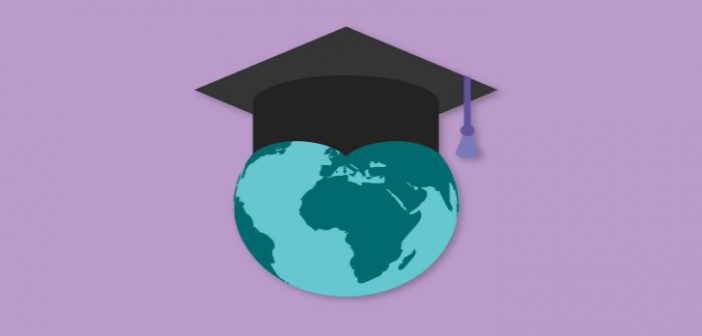Global aid is likely to decline by up to US$2 billion from 2018 to 2022 as a result of recession caused by COVID-19, entailing a 12-per cent fall in international support for education, said UNESCO yesterday.
A new policy paper by UNESCO’s Global Education Monitoring (GEM) report shows that the total aid to education reached its highest-ever levels in 2018, the latest available year.
This means that without new measures, aid to education would only reach 2018 levels in 2024, which poses a serious threat to the recovery of education from the unprecedented disruption caused by the pandemic.
“Just as aid to education seemed to have recovered its lost momentum, the COVID-19 pandemic threatens to take us back several years,” cautions UNESCO director-general Audrey Azoulay.
“Faced with the havoc wreaked by the pandemic, aid to education will arguably be more important than ever before. Countries will need additional funding to respond to the pandemic and education must be prioritized both in terms of aid and domestic allocations to avoid a setback to our global education goal, SDG 4.”
Aid to education in 2018 reached a record US$15.6 billion, an increase of 9 per cent from the previous year, according to a media release issued from Paris.
From one year to the next, aid rose by 6 percent for basic education, 7 percent for secondary education and 12 percent for post-secondary education, providing each with the highest amount of aid ever recorded.
Despite these increases, more effective aid to the sector was required: Only US$7.4 billion, or 47 percent of aid to education, went to basic and secondary education in low and lower-middle-income countries, the two sub-sectors and two country groups perceived as most in need.
In assessing the impact of COVID-19, the Global Report estimates that the pandemic is likely to have a more damaging impact than the financial crisis of 2007-08 as the recession affecting the top ten bilateral donors for education is expected to be more than twice as severe.
The paper assesses the impact of the Global Partnership for Education, the fundraising platform for the sector, showing that there is currently a lag of about three years between grant approval and disbursement.
The amount it disbursed in 2019 fell back to 2010 levels. In 2018, Global Partnership for Education aid made up 6.7 percent of total aid to basic education in low and lower-middle-income countries, down from a high of 11.4 percent in 2014.
Three donor policy responses will be key over the next 12 months.
First, the COVID-19 pandemic is also an education crisis. The share of education in total aid must be protected.
Second, as countries need additional funding for COVID-19 responses that were previously not programed, it is necessary to ensure flexibility in support so that existing programs can be restructured and realigned to help countries ensure that COVID-19 is only a temporary setback.
Third, obstacles in the implementation of traditional bilateral aid programs may provide a chance for bilateral donors to consolidate fragmented aid efforts, shifting a larger portion through multilateral channels. ♦
(The story originally published by UNB)




